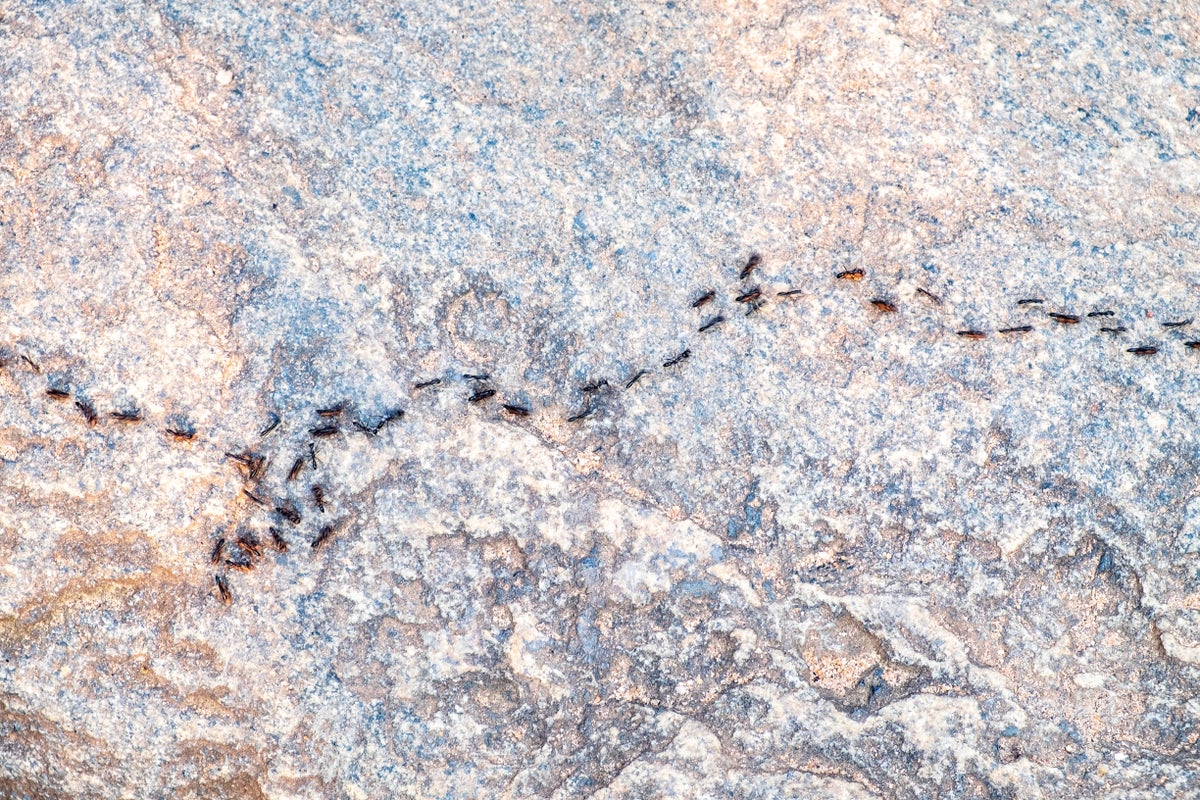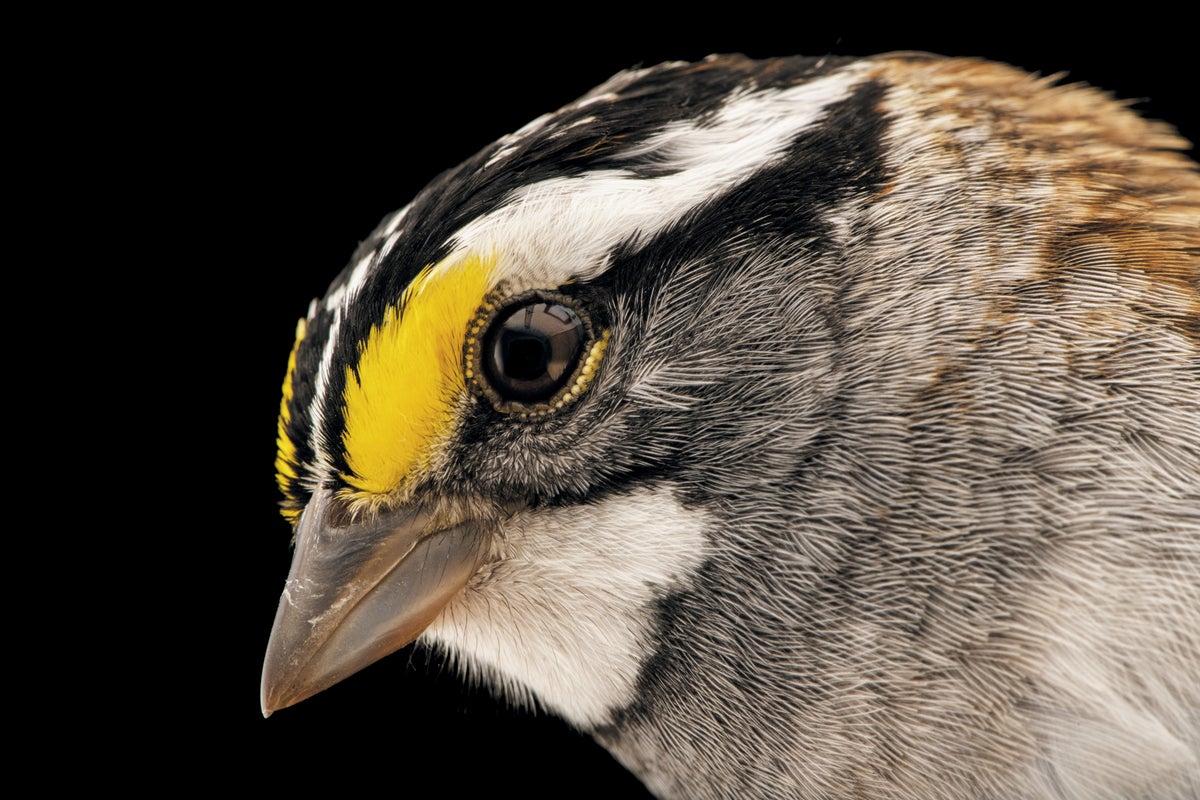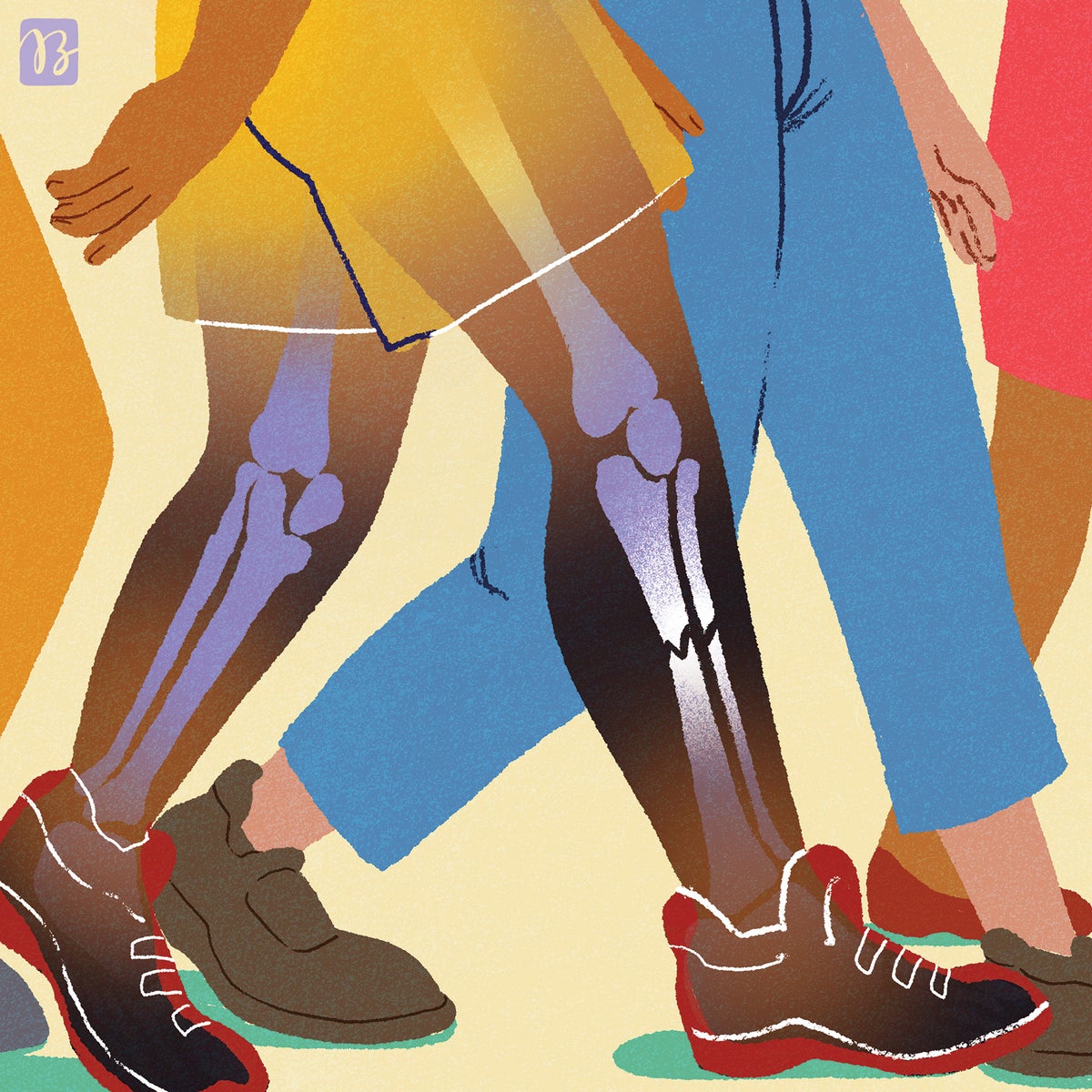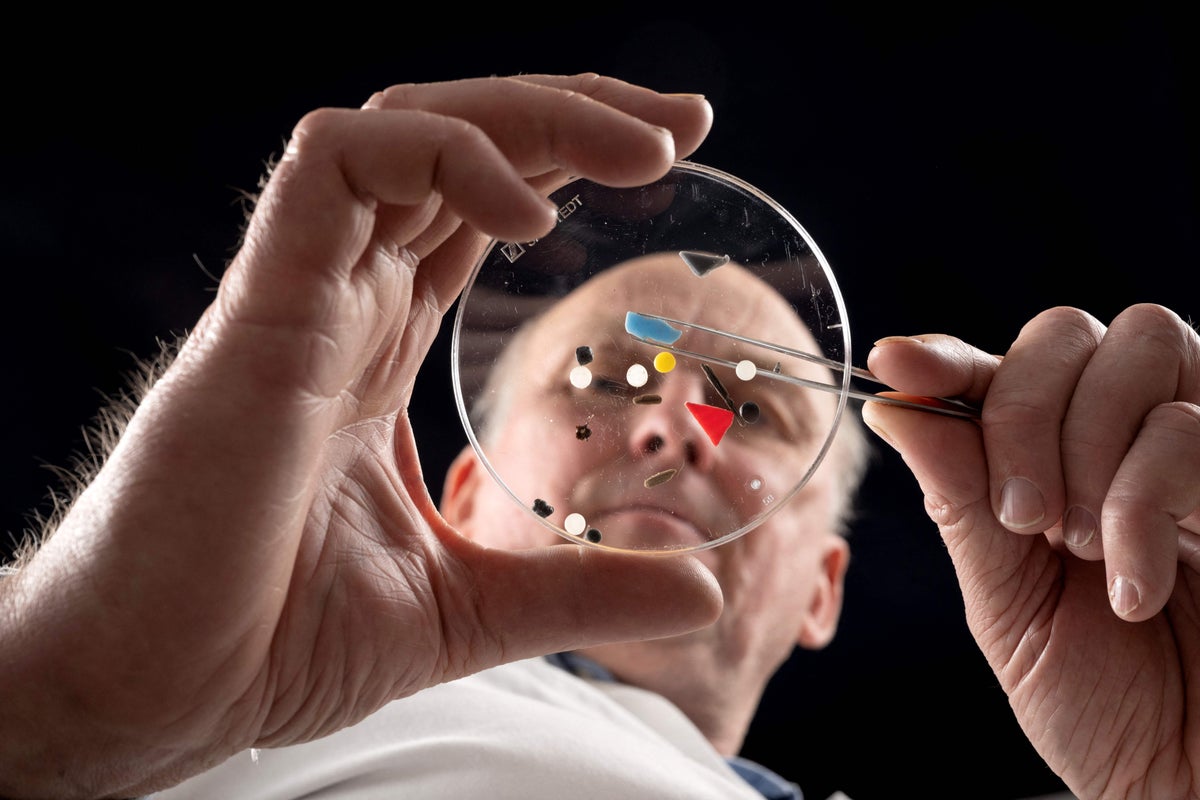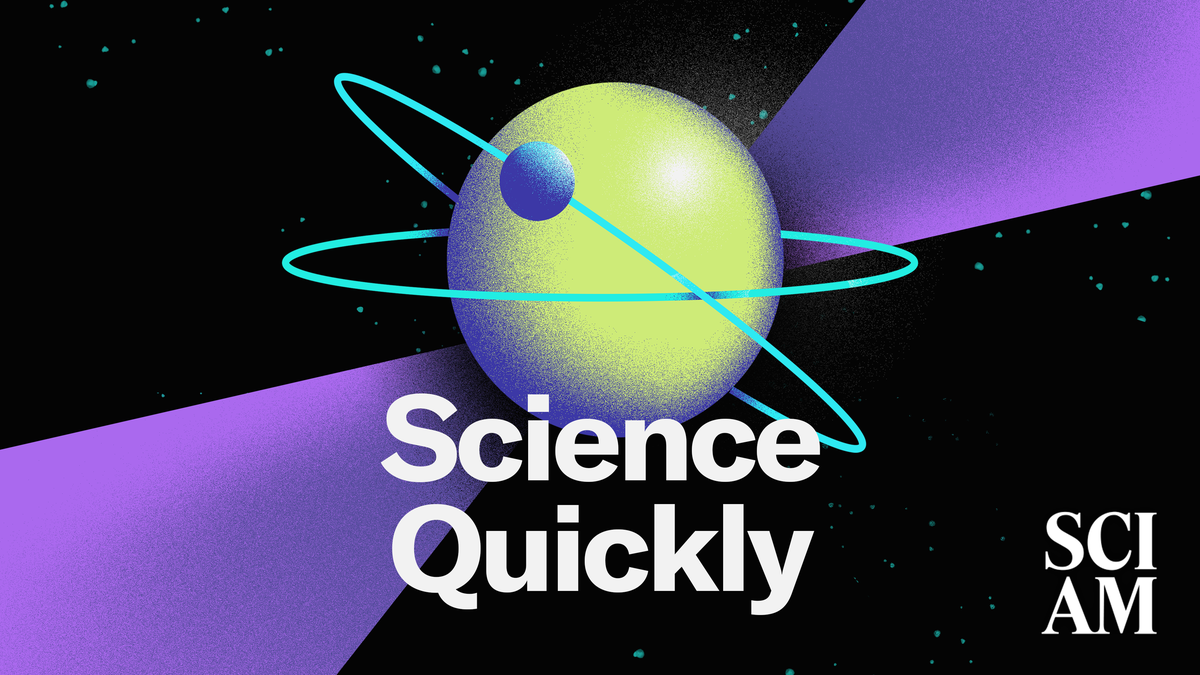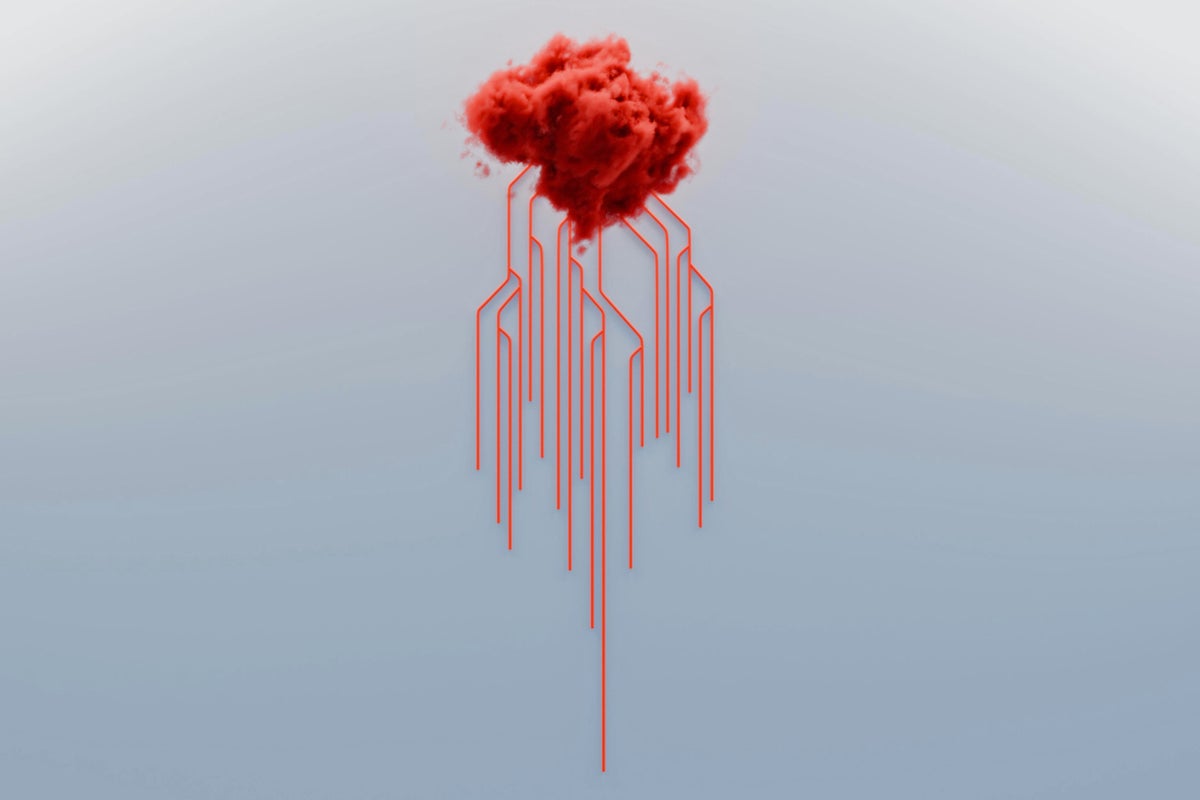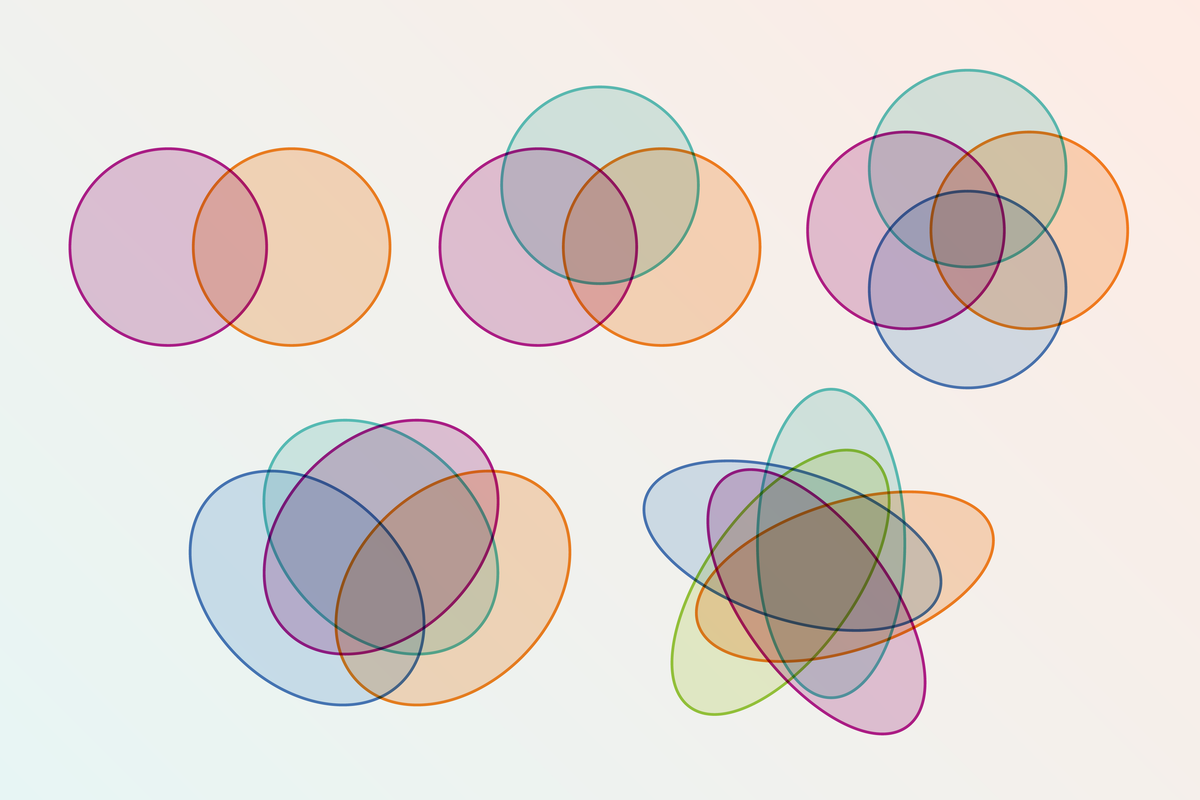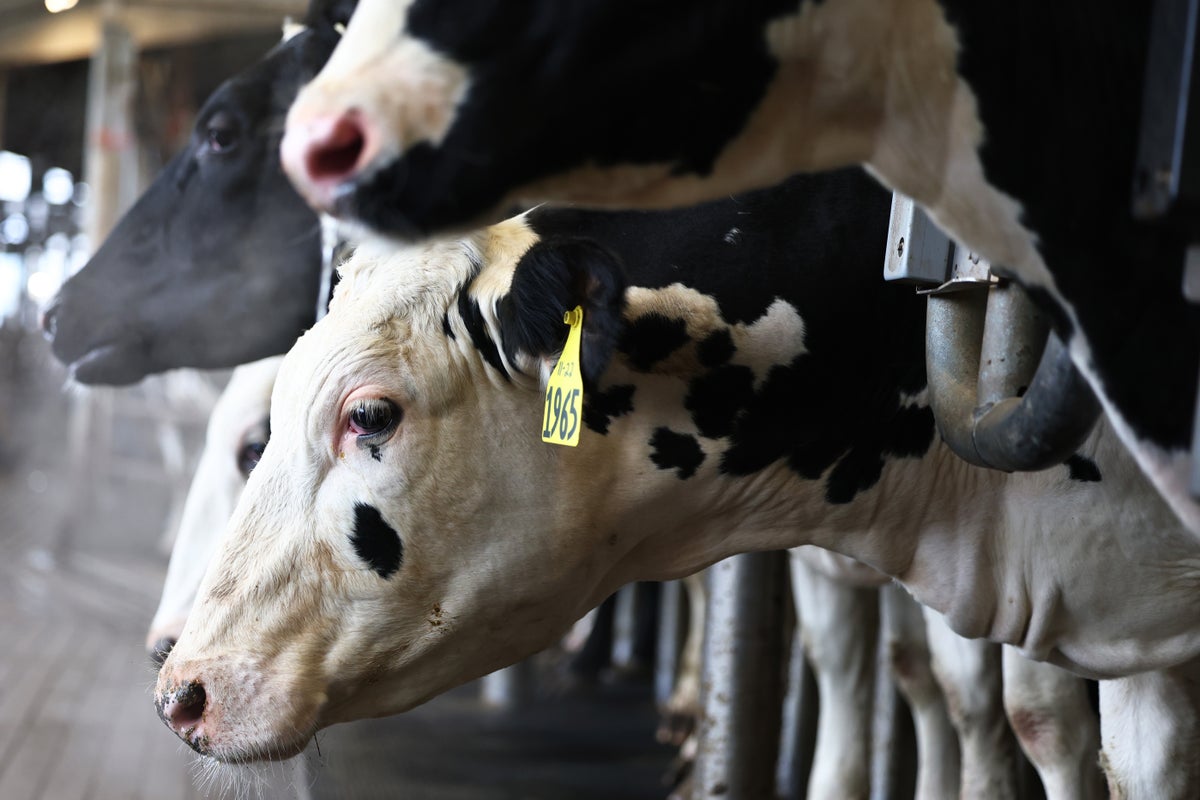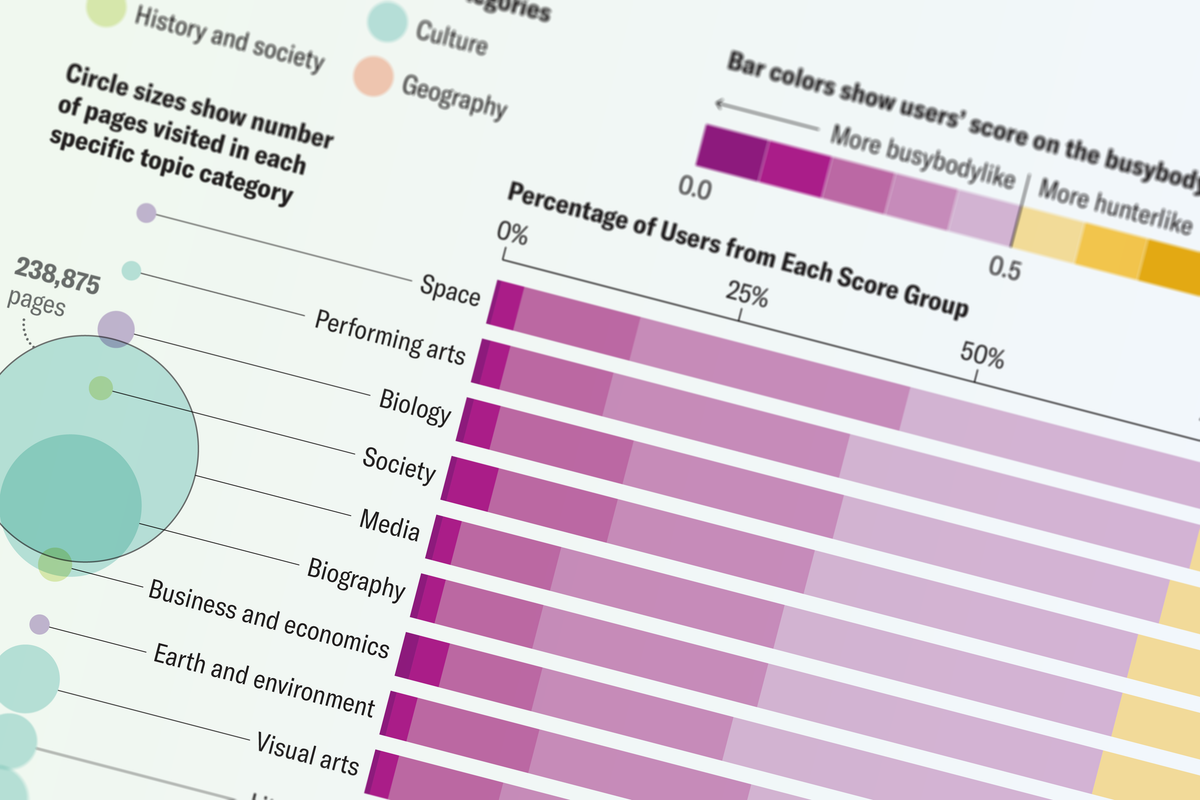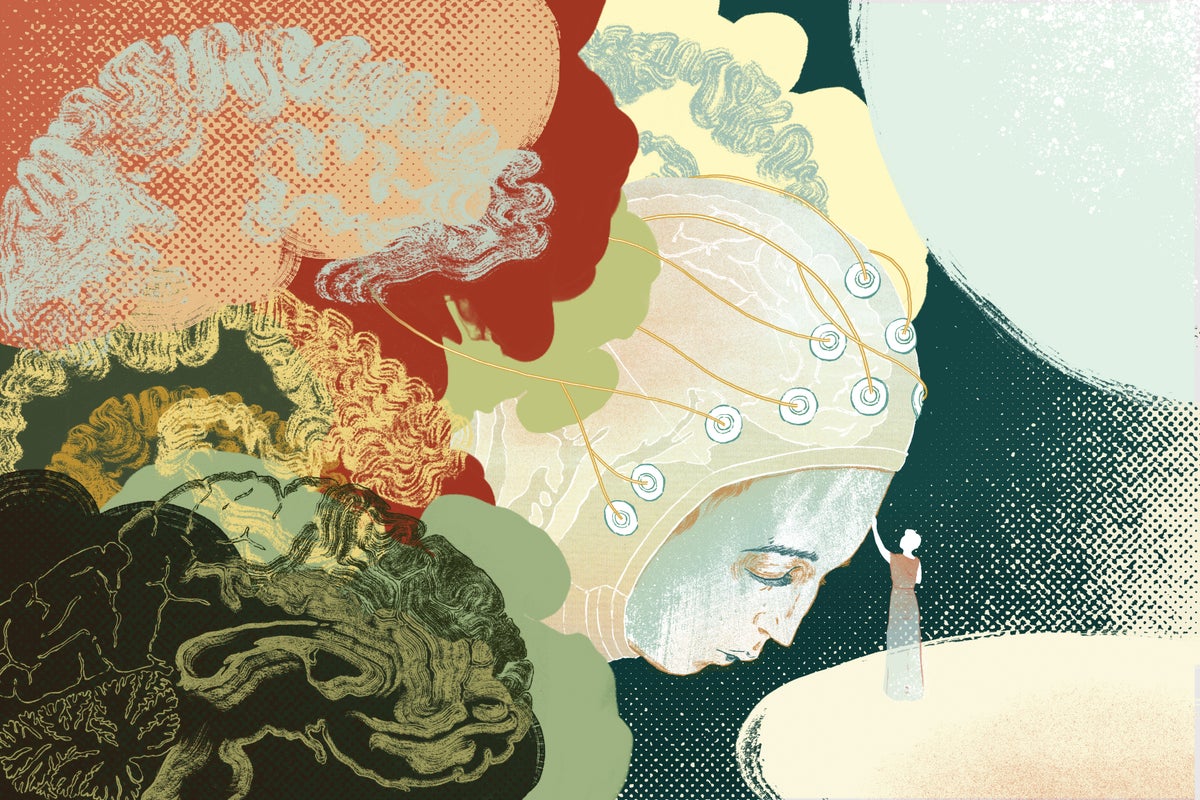Can Earth's Rotation Power a Generator? Physicists Debate a Novel Claim
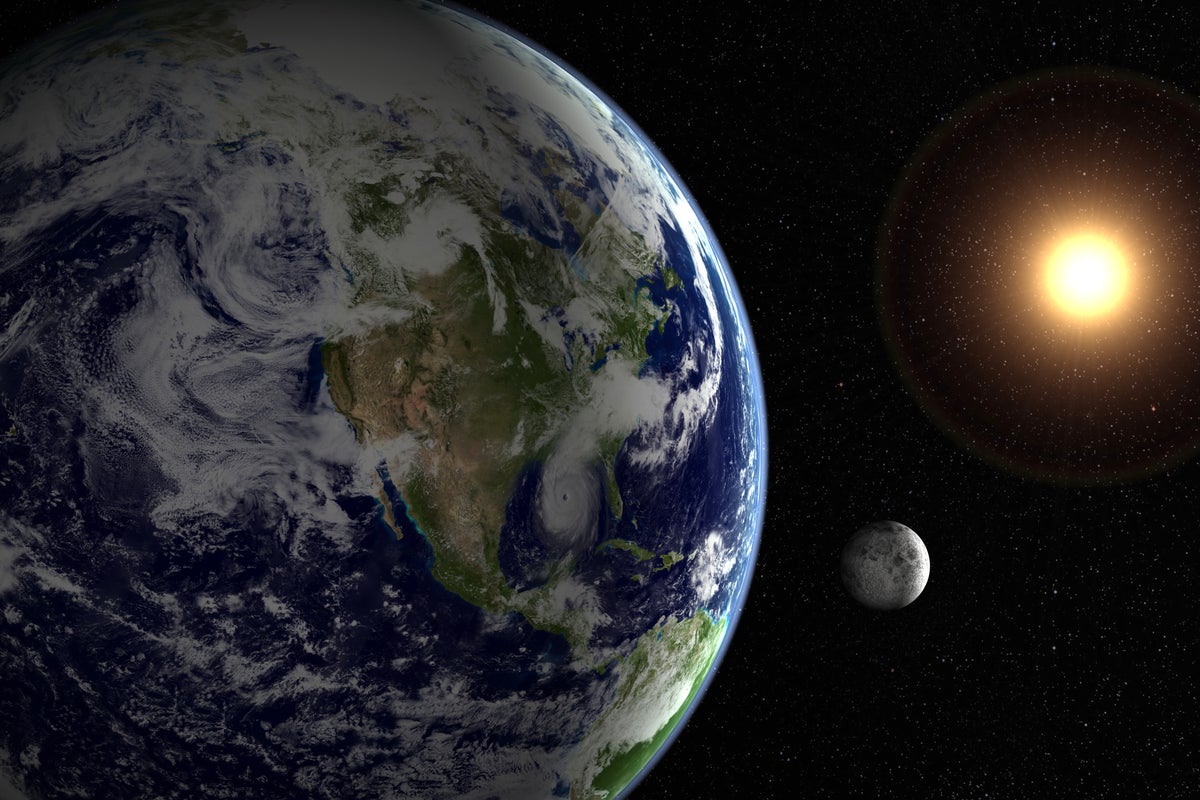
A controversial new study claims that electricity can be generated from Earth's rotation. Researchers have devised a device that uses Earth's magnetic field to produce a minuscule current, although only 17 microvolts. While the amount of electricity generated is tiny, the implications are significant. If scalable, this technology could provide clean energy to remote locations or for medical applications. However, the findings are disputed; some scientists express skepticism and call for further evidence to rule out other contributing factors. This research opens a new avenue for clean energy exploration, but also highlights the challenges and uncertainties inherent in scientific discovery.
Read more
